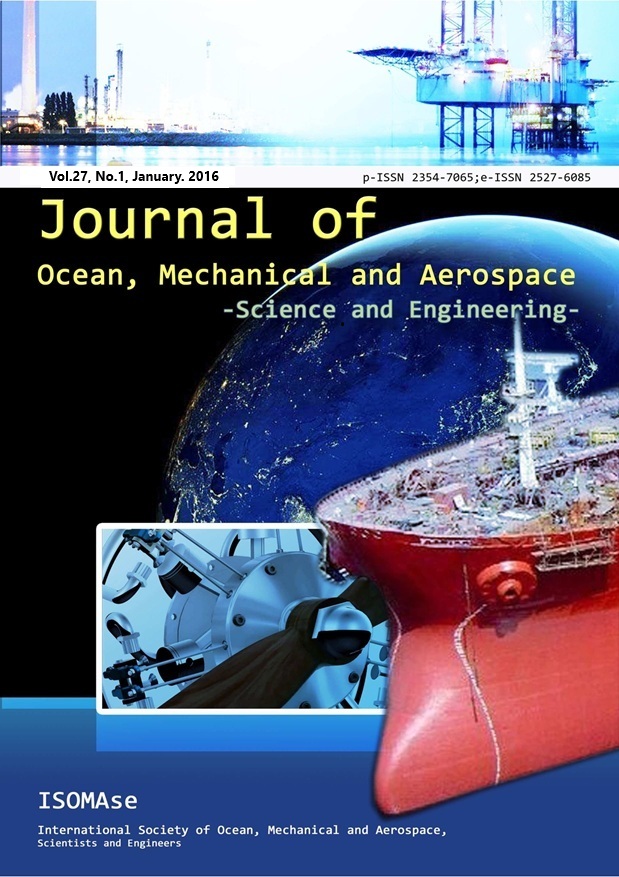The Hummingbird System: A Theoretical Propulsion Mechanical Device
Abstract
A propulsion mechanical device is a type of system that is claimed to produce net external thrust by using just the motion of internal components. Despite recent efforts to develop such a device, only a scientifically sound proposal would be an option to develop practical systems in the future.This review presents a theoretical propulsion mechanical device, called the Hummingbird System, which is summarized in several concepts to describe its performance. These concepts include the Basic Model to explain the generation of thrust, the Continuous Model to allow a constant generation of thrust, the Basic Unit to compensate the torque and direct the thrust, and a proposal to cluster several Basic Units to displace an object in space. Some potential applications of the Hummingbird System are also discussed, suggesting its use in naval, artificial satellite, and spacecraft propulsion systems. The ultimate aim of this review is to encourage the design and development of novel propulsion devices that are based on the Hummingbird System. The theoretical concepts that are described in this review remain to be confirmed in practice.















